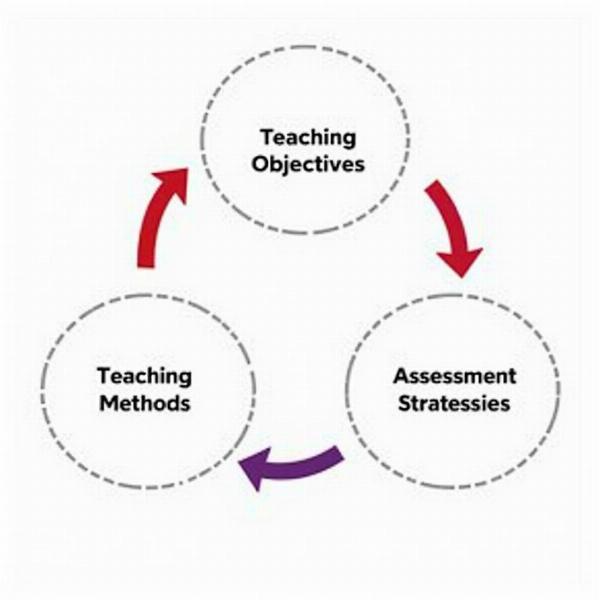Instructional objectives, a cornerstone of effective teaching, are crucial for outlining what students should achieve after a lesson or course. Understanding their “meaning in Hindi” (शैक्षिक उद्देश्यों का अर्थ) is vital for educators in India to design impactful learning experiences. This article delves into the core concepts, types, and importance of instructional objectives, offering practical insights for their formulation and application in diverse educational settings.
Understanding Instructional Objectives
Instructional objectives, often referred to as learning objectives, define the specific, measurable, achievable, relevant, and time-bound (SMART) outcomes expected from students. They provide a clear roadmap for both teachers and learners, fostering a focused and effective learning environment. Essentially, they answer the question: “What should students be able to do after completing this instruction?” This clarity is especially pertinent in the Indian educational context where diverse learning styles and backgrounds necessitate well-defined goals.
 Instructional Objectives Diagram
Instructional Objectives Diagram
Types of Instructional Objectives
Instructional objectives can be categorized into three domains: cognitive, affective, and psychomotor. The cognitive domain focuses on intellectual skills, such as knowledge recall, comprehension, application, analysis, synthesis, and evaluation. The affective domain addresses attitudes, values, and emotions, encompassing receiving, responding, valuing, organizing, and characterizing. The psychomotor domain deals with physical skills and coordination, ranging from imitation to naturalization. Understanding these domains allows educators to create holistic learning experiences that cater to the diverse needs of Indian students.
Importance of Instructional Objectives in Education
Instructional objectives play a pivotal role in enhancing the quality of education. They facilitate effective planning and organization of learning activities, aligning teaching methodologies with desired outcomes. This alignment is crucial for maximizing student learning and ensuring that educational resources are utilized optimally. Furthermore, well-defined objectives provide a framework for assessment, enabling teachers to accurately measure student progress and identify areas for improvement.
Formulating Effective Instructional Objectives
Crafting impactful instructional objectives requires careful consideration of the SMART criteria. Specificity ensures clarity and avoids ambiguity. Measurability enables objective evaluation of student performance. Achievability ensures that objectives are realistic and attainable within the given timeframe and resources. Relevance ensures that objectives align with the overall curriculum and address the specific needs of the learners. Time-bound objectives establish a clear deadline for achieving the desired outcomes.
Implementing and Assessing Instructional Objectives
Implementing instructional objectives effectively involves selecting appropriate teaching methods and learning activities that align with the desired outcomes. Active learning strategies, collaborative projects, and real-world applications can enhance student engagement and promote deeper understanding. Assessment methods should be aligned with the objectives, providing valuable feedback on student progress and informing instructional adjustments.
Conclusion
Instructional objectives, or “शैक्षिक उद्देश्यों का अर्थ” in Hindi, are indispensable for creating effective learning experiences. They provide a roadmap for both teachers and learners, ensuring clarity, focus, and measurable outcomes. By understanding the different types of objectives and adhering to the SMART criteria, educators can design impactful learning experiences that cater to the diverse needs of Indian students. Embracing instructional objectives as a core component of pedagogical practice can significantly contribute to raising the quality of education in India.
FAQ
- What are the key components of a well-written instructional objective? A well-written objective is specific, measurable, achievable, relevant, and time-bound (SMART).
- How do instructional objectives differ from learning outcomes? While often used interchangeably, instructional objectives typically refer to the intentions of the instructor, whereas learning outcomes focus on what the student should achieve.
- Why are measurable objectives important? Measurable objectives enable educators to assess student learning objectively and track progress effectively.
- How can I ensure my objectives are relevant to my students? Consider their prior knowledge, learning styles, and the overall curriculum.
- What are some examples of psychomotor objectives? These could include demonstrating a specific skill, such as operating a machine or performing a dance routine.
- How can I use instructional objectives to improve my teaching? They guide your lesson planning, activity selection, and assessment strategies, leading to more focused and effective teaching.
- Where can I find more resources on writing effective instructional objectives? Numerous online resources and educational publications offer guidance and examples.
Meaning-Hindi.in: Your Trusted Partner for Hindi Language Solutions
Meaning-Hindi.in offers comprehensive Hindi translation and language services, specializing in business, legal, technical, website localization, educational, and specialized translations. Our expert linguists ensure accuracy, cultural sensitivity, and timely delivery. Whether you need document translation, interpretation, or language consulting, we provide tailored solutions to meet your specific needs. Contact us today for a free quote and experience the Meaning-Hindi.in difference. Email: [email protected], Phone: +91 11-4502-7584.